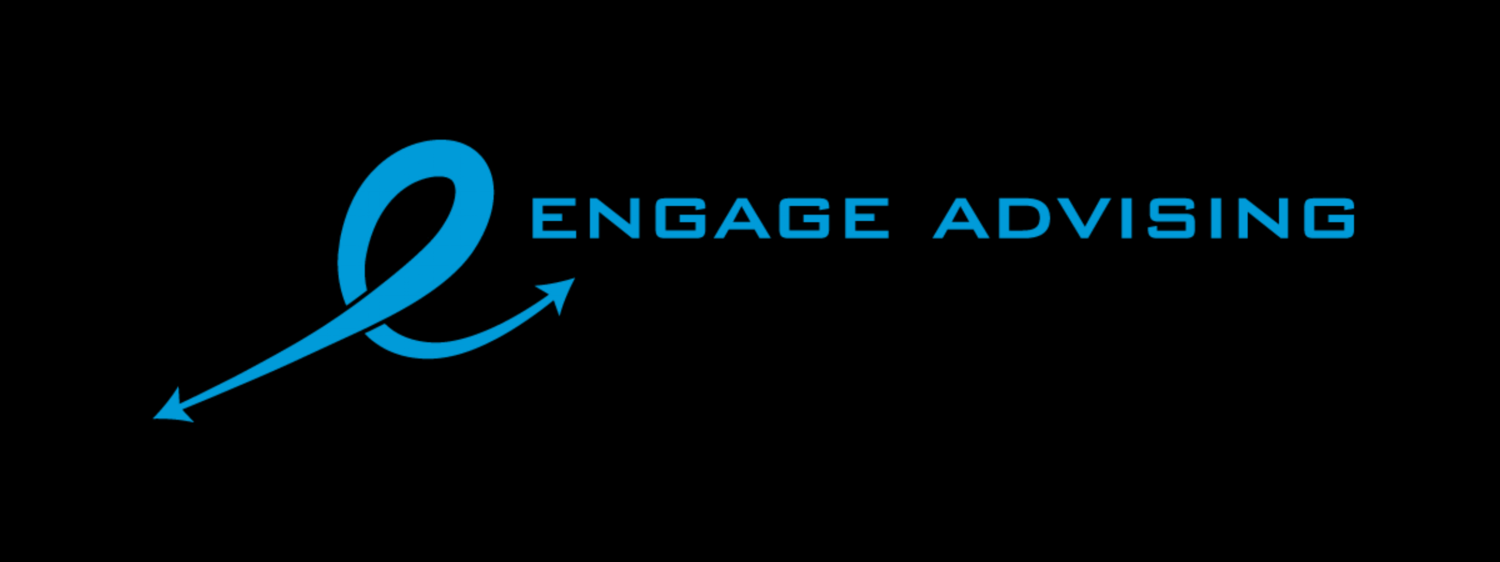Did you know that we are nearly a week into National Financial Literacy Month? Yes, it’s a thing. Unfortunately, given the amount of debt, compulsive shopping, and lack of retirement preparedness in the United States, for me it brings to mind the old saying, a fool and his money are soon parted. That’s not to say I think people are fools. I do think with better financial literacy, maybe we can put an end to that old saying and people can take control of their finances and make wise spending and saving decisions.
National Financial Literacy Month was launched in 2004. According to Wikipedia, the US Senate passed Resolution 316 to officially recognize April as National Financial Literacy Month with the goal of helping Americans establish and maintain healthy financial habits. It all dates back to 2000 and The National Endowment for Financial Education which originally envisioned a youth financial literacy day. That idea grew and by 2004, April became known as National Financial Literacy Month here in the United States. Our neighbor to the north, Canada, recognizes Financial Literacy Month in November. To our south, Mexico has a Financial Literacy Week; although, it seems to be held a different week each year.
Financial literacy is a broad category and a swiftly moving target. Consider how broad the category is; think about banking, budgeting, cash flow, different types of loans, interest rates (fixed, variable, compound, APY vs. APR), credit cards, and how to evaluate good savings and investment products. You also need to consider retirement planning, education planning, and how you are going to spend all that saved money. Consider how quickly these topic areas and the various associated products change. Just when you think you have credit cards all figured out, the lending companies change-up their product offerings. What about 529 plans for education? If you opened your account more than five years ago, the rules have changed!
Therein lies the problem. As society’s needs change, and our spending priorities and patterns change, so do the financial services and products we rely on. What we learned, or thought we knew, may no longer be valid. Financial literacy is ever-changing. We all need to know the basics, but too many Americans are not even receiving the basics in school. Learning from our parents may not be any better – especially if no one taught them! According to Forbes, only 17 states require a single personal finance course for high school students. A single course! Of those, only five states require that the course be a half-year course. This is why we need National Financial Literacy Month and it needs to be an on-going class in our public schools that is offered more than once, and for more than half of a year.
I have a challenge, for National Financial Literacy Month, please spread the word. Tell people that April is National Financial Literacy Month. Ask questions and be curious about personal finance. Do you have children? Find out what is being taught in their school system about personal finance. Ask detailed questions about the curriculum and make sure your student is getting solid information. Find out if it’s one class, or several classes over the course of their education. You could also take a course for yourself!
Do you have questions? Don’t know who to ask? Feel free to ask me! If it’s a really difficult question, we can explore the answer together. Be sure to subscribe to this blog! Contact me and let’s get started. #talktometuesday #education #Hireaplanner #financial #financialliteracy #NationalFinancialLiteracyMonth #stressfree #savings #moneyeducation #financialeducation #CFPPro


